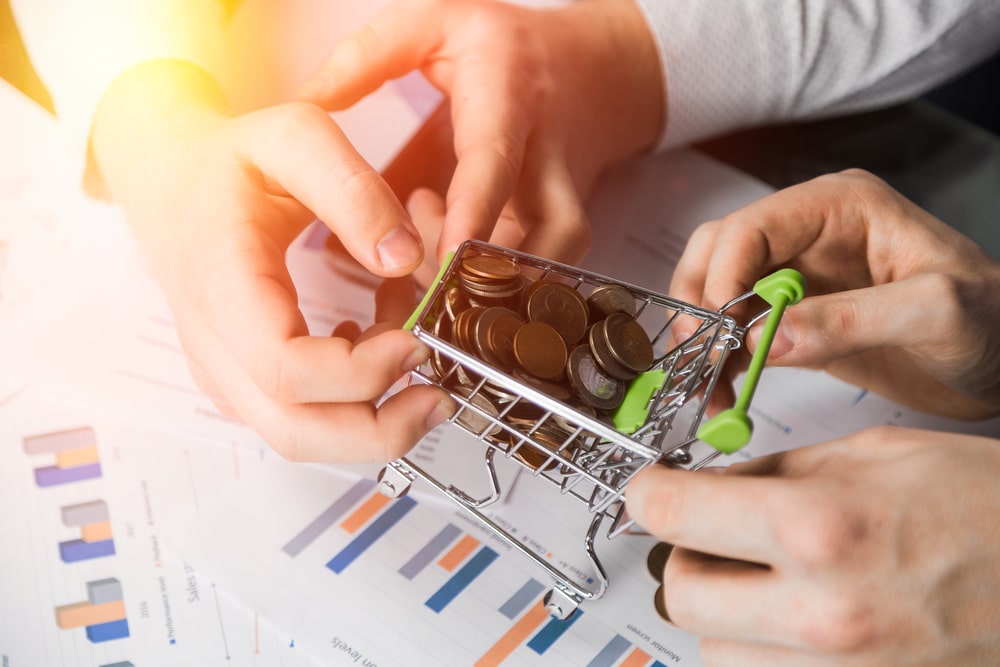
Monetary Policy & Inflation | US

Monetary Policy & Inflation | US
This article is only available to Macro Hive subscribers. Sign-up to receive world-class macro analysis with a daily curated newsletter, podcast, original content from award-winning researchers, cross market strategy, equity insights, trade ideas, crypto flow frameworks, academic paper summaries, explanation and analysis of market-moving events, community investor chat room, and more.
A string of weak retail sales prints and a decline in freight indices are fueling perceptions that the recovery is running out of steam (Chart 1). In this note, I argue that these reflect payback for extreme policy easing during the pandemic and that consumption underlying fundamentals remain strong.

Shipment indices reflect in part consumer goods dispatching. Retail sales track the goods part of the more comprehensive personal consumption expenditures, published towards the end of the month as part of the personal income and outlays release. Over the past year, both durables and non-durables goods consumption has been weak (Chart 2).

Weak non-durables consumption reflects largely food, household supply, and personal care products purchases, that all spiked during the pandemic (Chart 3). Though these are not considered durable goods, they can be stored. Current weaknesses could therefore reflect that households are running down inventories built during the pandemic.

Furthermore, food, household supplies, and personal care products spending is bottoming out, which suggests YoY growth could turn positive around mid-2023 (Chart 4).

Post-pandemic weaknesses in durables spending reflect household furnishings (furniture, appliances, tableware, tools, etc.) and car and trucks spending (Chart 5). Despite the pandemic surge, spending on consumer electronics (TVs, computers, phones, etc.) has continued apace.

Overall, I expect durables spending to remain weak. Real spending on household furnishings has been flat since 2022 and remains above trend, which suggests a recovery is unlikely anytime soon (Chart 6).

Car and truck spending may not have much upside either. Real spending on cars and trucks fell in 2018-19, likely due to a shift in consumer preferences (Chart 7). Spending surged in 2021 due the Biden administration’s income transfers. Over the past 12 months spending has been flat but well above pre-pandemic levels.

Looking ahead, car and truck spending is unlikely to rise. While spending on used vehicles seems to be stabilizing, spending on new ones is on a downward trend (Chart 8). This reflects a combination of weak recovery in numbers sold combined with declining individual costs (Chart 8).

Vehicles individual costs rose during the pandemic, as manufacturers produced mainly top of the line, more expensive models. They sold these due to pervasive shortages and buyers’ limited options. With easing supply constraints, consumers have more choice and are returning to normal purchasing patterns, such as buying less expensive models.
The above analysis suggests that durable goods consumption could remain weak. However, durable goods account for only about one sixth of consumer spending (Table 1).

Consumption continues to grow above trend due to strong services spending, that is offsetting weak goods spending (Chart 10).

Of course, consumption growth is slowing, but this reflects the unusual policy response to the pandemic. In a typical recession, policy easing provides only limited income support to households. As a result, consumption falls below trend and economic normalisation typically involves a gradual rise of consumption to the post-recession trend.
By contrast, consumption surged during the pandemic on vast government transfers. As a result, this time around economic normalisation has manifested as a decline of consumption growth from unsustainable levels.
Going forward, consumption will likely remain strong, due to the handover from public to private spending (Chart 11). Household incomes fell sharply in 2021-22 after government transfers ended, but the income decline was offset by a large decline in the household savings rate. In addition, starting in mid-2022, real household incomes excluding transfers accelerating on steady employment and real wage growth. The consumption recovery has become self-sustaining and is gaining momentum.

Consumption accounts for about 70% of the US economy. This note suggests continued consumption strength and above trend GDP growth. Unless a credit crunch crimps spending, and there is no sign so far that this is happening, income and spending dynamics are likely to keep inflation within its current range. The 40bp in Federal Funds Rate cuts priced between May and end-2023 therefore appear unlikely.
Spring sale - Prime Membership only £3 for 3 months! Get trade ideas and macro insights now
Your subscription has been successfully canceled.
Discount Applied - Your subscription has now updated with Coupon and from next payment Discount will be applied.